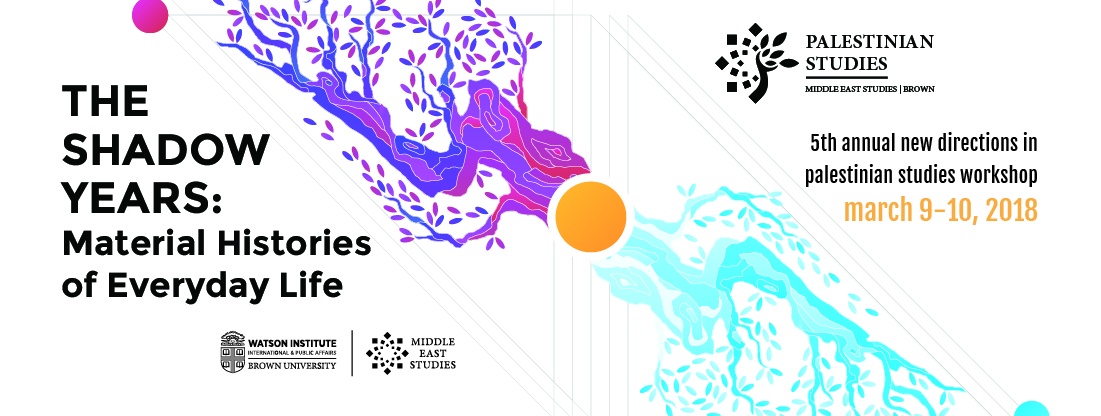2018 Workshop
The Shadow Years: Material Histories of Everyday Life

Palestine’s Shadow Years
At a time of anniversaries—one century since Jerusalem fell to the British, seventy years since the dismemberment of Palestine and dispersal of much of its Arab population in the catastrophe of 1948, and a half-century since the 1967 war—it is important to consider the deep shadows that these events of mass violence and political rupture have cast over the modern history of the Palestinians. These shadows obscure the dynamics and processes of adjacent periods which have shaped the modern history of the Palestinians, especially their daily struggles for survival, which constitute a rich archive of potential histories.
This workshop seeks both to address the production of “shadows” and to probe their depths. Examining the shadow years may provide new perspective on the depth and character of these tremendous disruptions. At the same time, they may also provide fuller understanding of the continuities and gradual changes across landmark events that transcend a linear narrative of a series of ruptures. It is our hope that participants will share new framing perspectives and innovative methodologies that can shape future research agendas and produce richer and more nuanced understandings of Palestine and the Palestinians.
In particular, this workshop examines the framing device of the social lives of things, such as stones and olive oil, the built environment of refugee camps, and infrastructural projects that inform the material histories of everyday life. How might material histories offer new spatial and temporal scaffolding of Palestinian history? How does an examination of relations between people about things reveal the diversity of Palestinian experiences, as well as the contradictions, power relations, and uneven impact of transformative events? How are the political and affective reverberations of these events related to or understood through individuals’ and communities’ relationships with material objects and the built environment? The goal is not to avoid the political, but to recast and contextualize moments of great trauma and violence within the larger dynamics of Palestinian society.
